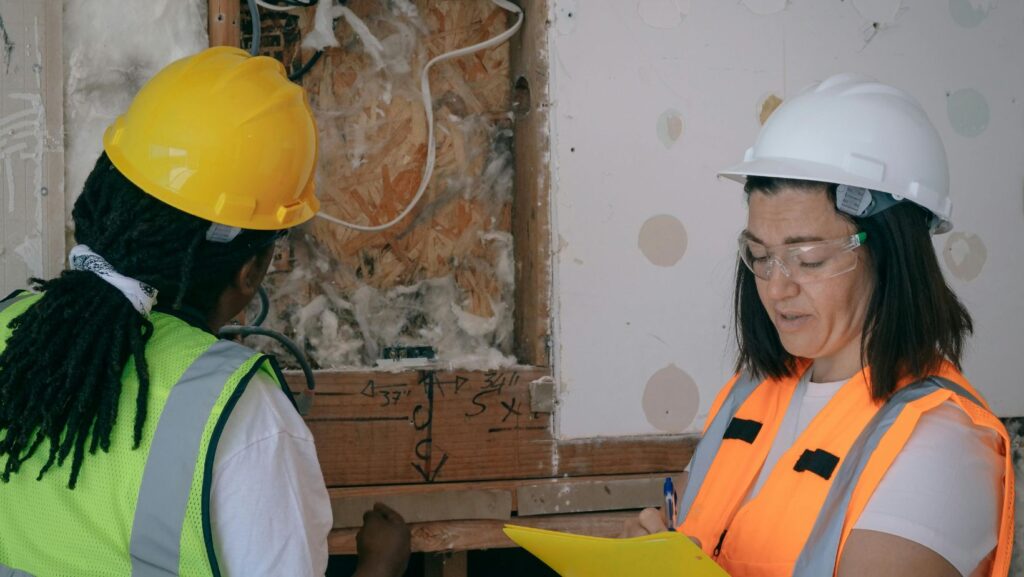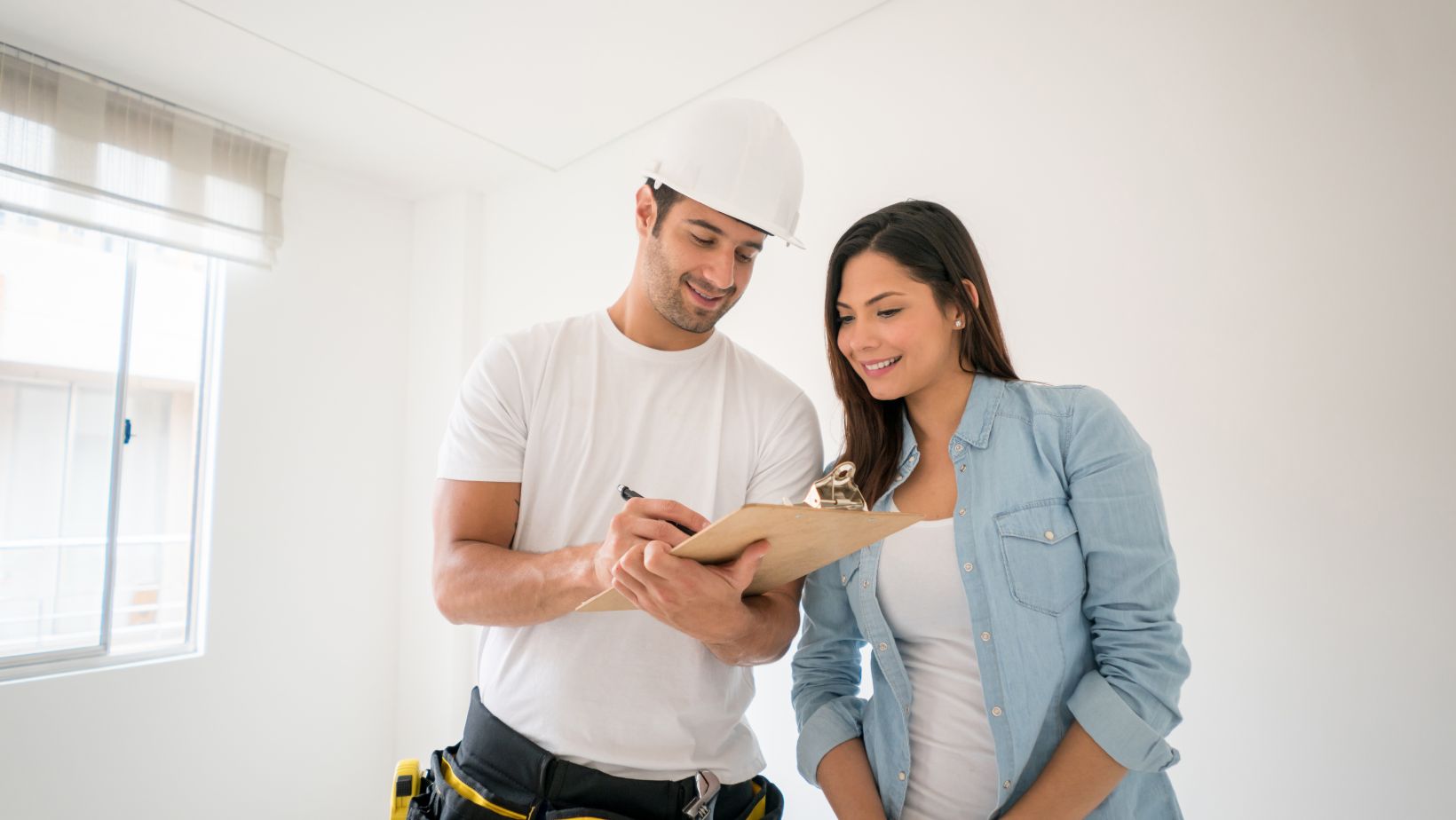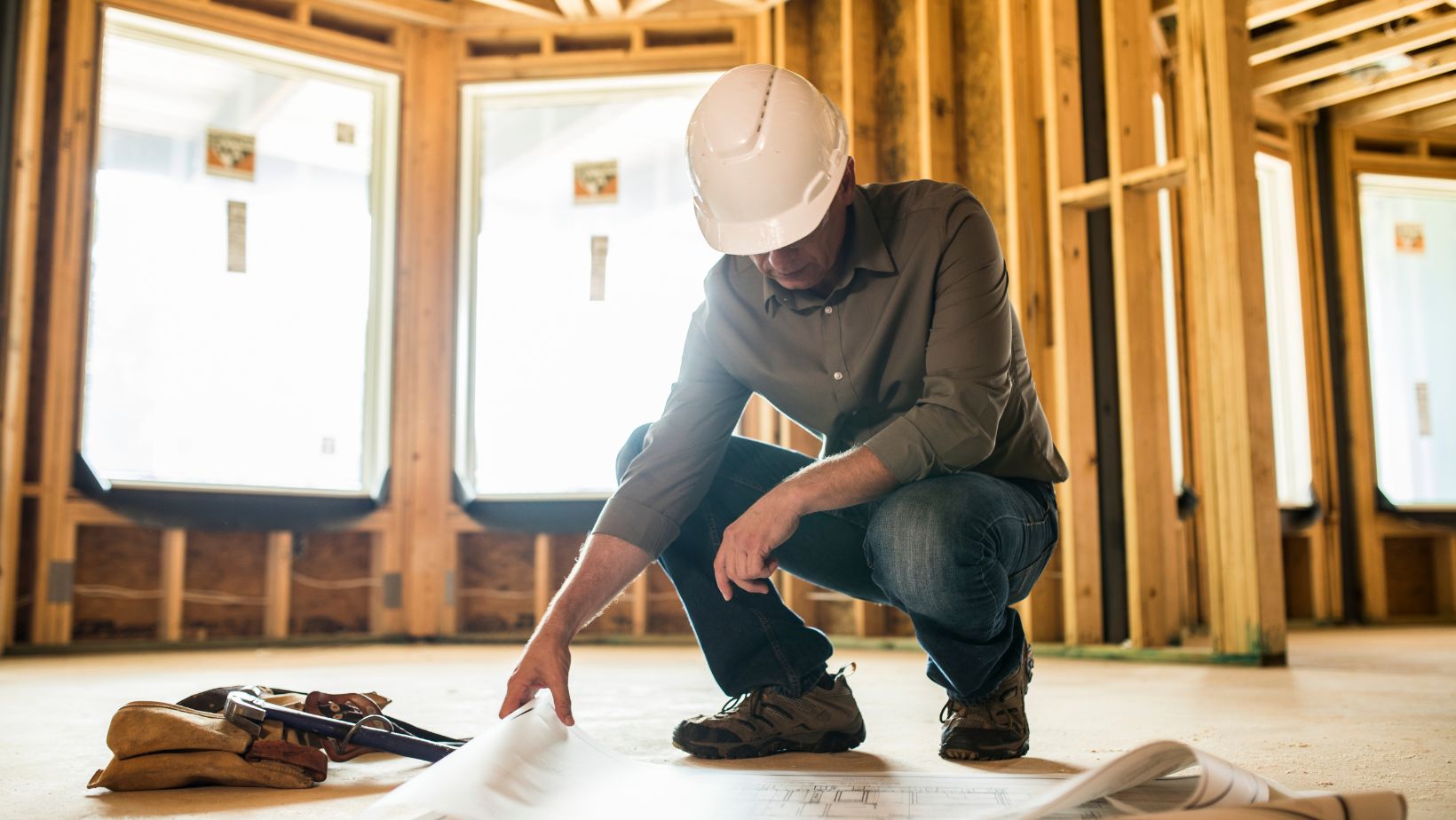
The construction industry has seen remarkable transformations in recent years, thanks to the rise of smart home technology. From energy-efficient systems to automated security features, the integration of smart tech has reshaped how homes are designed and built. Modern construction projects are no longer just about aesthetics and structural integrity; they now prioritize connectivity, convenience, and sustainability. For contractors looking to stay ahead in this rapidly evolving landscape, understanding the latest advancements in smart home technology is crucial. Those preparing for certification should ensure they have a solid foundation in industry practices by using a contractor exam study guide to navigate this changing environment effectively.
The Growing Demand for Smart Home Features
House buyers nowadays seek homes that not only provide good construction but also adjust to their personal way of living. The market for automated home systems has experienced explosive growth because homeowners desire systems that deliver improved comfort levels and increased security alongside energy-saving benefits. Modern construction projects starting from high-end down to mid-range features incorporate standard smart home features which include AI-driven security systems voice-activated lighting and remote-controlled thermostats.
Modern technology drives this demand, demonstrating how technological advancements transform contemporary living standards. Contractors who adopt smart home systems gain an advantage in the market because their projects become more attractive to buyers who value technology. Developers and construction firms start building these systems into homes as they prepare them for necessary infrastructure requirements that will support present-day and future innovations.
How Smart Technology is Reshaping Construction Practices
Smart home technology influences each stage of construction development beginning with the planning phase and continuing through design until post-construction support. Architects, together with builders, rely on advanced software and virtual simulation tools to embed innovative features directly into their blueprints during the design phase. The combination of 3D modeling with AI-powered design tools enables constructors to detect project obstacles in advance thus they can modify their approach before starting construction which results in decreased waste and better efficiency.

Innovative building techniques are applied during construction operations to enhance workflow efficiency. Real-time construction site monitoring through Internet of Things devices enables managers to track operations while they inspect safety conditions and adjust their resource deployment. Drones together with AI-driven robotics help survey land and position materials with higher accuracy which reduces human mistakes and accelerates project durations.
The Role of Automation in Energy Efficiency and Security
Smart home technology adoption receives its primary motivation from energy efficiency demands. The escalating energy expenses combined with mounting environmental worries have caused homeowners to actively pursue solutions for decreasing their carbon emissions. Smart devices that control heating systems and solar power generators with automated lighting systems enable homeowners to reduce energy costs while creating sustainable living environments. Some systems use homeowner habits to adjust their settings automatically while maintaining optimal efficiency levels.
Smart home technology advances primarily because of security needs. Modern security systems now use artificial intelligence to operate cloud-based surveillance systems which enable homeowners to view their properties through remote monitoring. Facial recognition and motion sensors together with remote locking systems deliver advanced protection to homeowners who can rest calmly because of these features. Integrating these systems by contractors brings substantial value to projects while improving property appeal to buyers focused on safety and convenience.
Future-Proofing Construction with Smart Home Integration
Construction industry professionals need to advance their practices by designing houses that can adapt to upcoming technological developments. The smart homes of the present day will likely include superior artificial intelligence and automation systems while implementing sustainable design elements. Contractors who learn about upcoming technologies gain better capabilities to satisfy upcoming market requirements.
A home needs proper future-proofing through smart device installation and strategic infrastructure development beyond basic device placement. Smart homes that include structured wiring and centralized control panels along with compatibility with upcoming smart technology systems maintain their ability to adapt to future advancements. Homeowners who receive proper training about these systems learn better methods to use them effectively while extending their operational benefits.
Conclusion
Modern construction requires smart home technology to become integral to home development. The growing market need for automated solutions combined with energy-saving measures and security improvements requires contractors to maintain expertise in system integration for their projects.

They achieve current homeowner requirements through smart technology adoption while developing work methods that resist future technology speedups. People who wish to join or progress within the industry should pursue structured learning programs along with certifications to maintain their competitive advantage. Right knowledge and resources together with professional exam preparation allow contractors to accept this shift while becoming leaders in constructing the smart homes of the future.












